The truth is that our lives have been radically brought in line with the needs of today's society. To keep up with the technology of today (and to contribute to its further development), we are trained to sacrifice our leisure time, weekends and endure lots of sleepless nights in order to get the job done. Regardless of our age, the only question we are usually asked is whether we completed the task we were given or not. But we are humans. We adapt continuously.
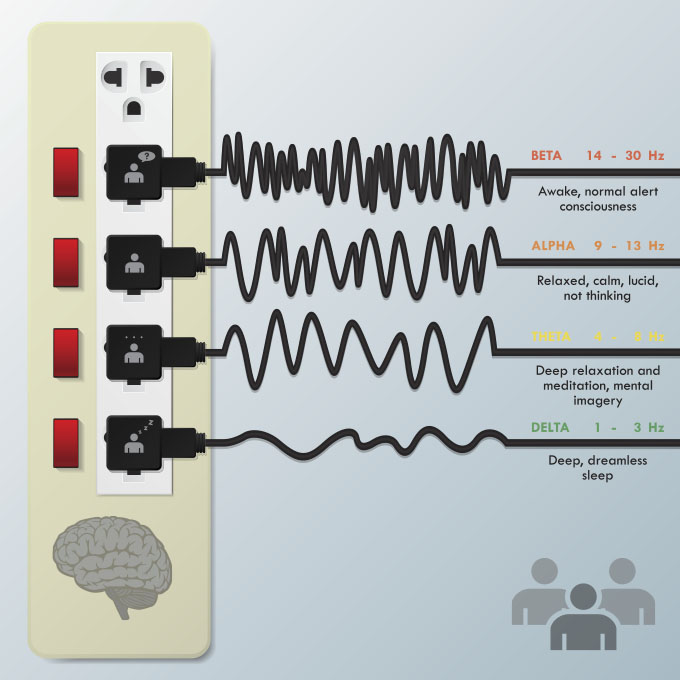
Brainwave entrainment
Imagine being able to adjust your mind according to your needs, by using your headphones only. You have to rest? Don’t worry, there is a perfect sound to get you relaxed. You’re over your head in the work you have to do? There is a way to optimize your focus and stimulate your creativity. A digital form of a meditation has come. What you need has several names: isochronic tones, binaural beats, cognition enhancers. All of these are known under the common name of brainwave entrainment.
Although the concept itself is not new, we have witnessed a huge rise in the popularity of brainwave entrainment in the past several years. By definition, this is any procedure that causes brainwave frequencies to sync with the frequencies of external stimulation. It works under the assumption that matching the wave frequencies of certain brain states with the frequencies of external stimulation will gradually induce the desired state.
What exactly does this mean?
The easiest way to explain it would be to say that, in our brains, something like this happens.
{youtube}Aaxw4zbULMs|600|450|
Neuroscientists agree that there are several frequency ranges in our brains that are associated with different states (although their views about the boundaries of these ranges differ), namely:
- Delta waves (0-4 Hz): deep dreamless sleep
- Theta waves (4-7 Hz): deep meditation
- Alpha waves (7-14 Hz): consciousness and relaxation
- Beta waves (15-30 Hz): alertness, logic, thinking
- Gamma waves (30-100 Hz): cognition, attention, memory
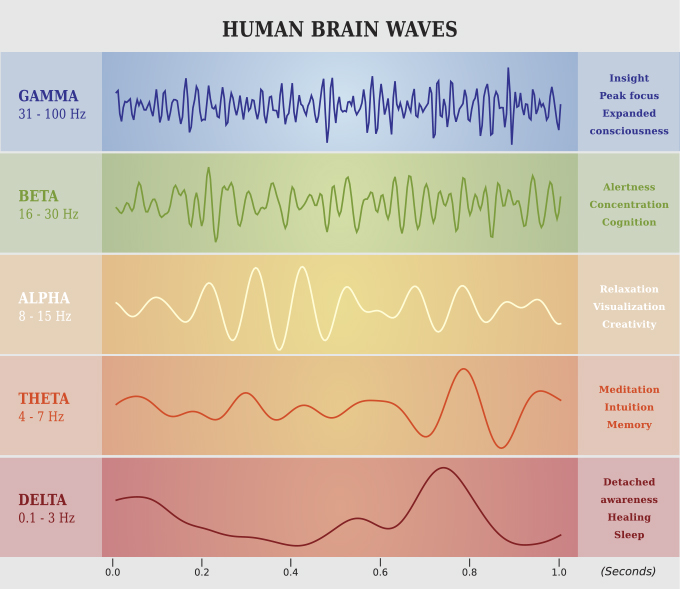
Based on these principles, people have produced various sound generators and audio files, trying to mimic the activity of brain waves and induce these states.
Monaural waves, binaural waves, isochronic tones
Three main elements used to achieve the aforementioned are monaural waves, binaural waves, and isochronic tones.
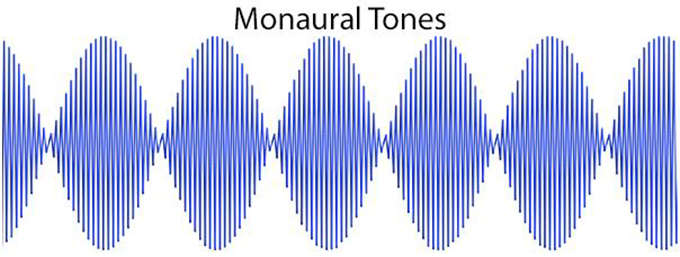
Monaural tones (or monaural waves or monaural beats) are produced by mixing two separate tones of the same frequency before they reach the ear. Unlike the other two, they occur in nature, although they can also be produced digitally. Because the two tones are mixed externally (and not inside the brain), listening to these does not require headphones, as is the case with the binaural beats. Some studies have shown that, in terms of brainwave entrainment, monaural tones are five times as efficient as binaural tones!
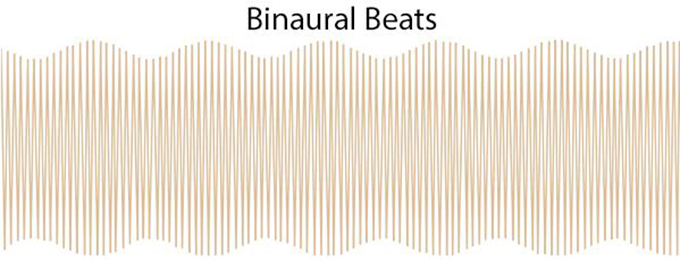
Binaural beats are produced by playing two separate tones of different frequency in each ear. For instance, when the 510 Hz tone is played in the right ear, and a 516 Hz tone is played in the left ear, their difference will be experienced by the brain as a pulsating beat of 6 Hz, which falls under theta waves, suitable for deep relaxation and meditation. These might be less effective than the monaural tones in terms of brainwave entrainment, but they are far more pleasant to listen to . The downside is that, because two separate tones must be played in each hear, this method requires headphones.
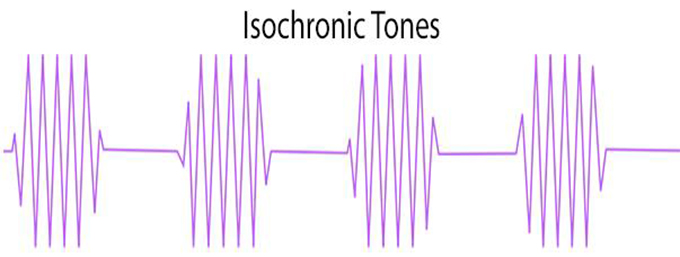
Isochronic tones are somewhat similar to monaural tones. They are also created by combining two tones externally (outside the brain). What distinguishes them are the periodic, predictable patterns in which they occur, creating an extremely effective pulse effect, making them arguably the most efficient element in brainwave entrainment.
Although all three types have their pros and cons, there is not a dominant opinion as to which of these is the most effective under general conditions.
Does it actually work?
Opinions as to the effectiveness of this method vary. While no single high-scale scientific research has been conducted, the low-scale investigations are far from establishing a consensus. Furthermore, the scientific community does not discredit this method, although the prevailing opinion is that there is no valid evidence to support it.
Before coming to a verdict, you may want to try it yourself.
{youtube}KNuoGeD9Qeo|600|450|
Interestingly, a review of the comments sections of the related videos about cognition enhancers shows that the feedback is mostly positive. Naturally, skeptics attribute the responses to a placebo effect or good marketing, but, for the sake of transparency, we should not exclude the possibility that it actually works.

Conclusion
Today, there is a whole new industry emerging that will be based on binaural beats and isochronic tones. Brainwave Wizard, MindAmend, and Transparent Corporation are perhaps the leading companies offering sound generators and audio files including binaural beats/isochronic tones, in some cases accompanied with the sounds of nature or epic pad-like instruments.
It was Nikola Tesla who said: „If you want to find the secrets of the universe, think in terms of energy, frequency, and vibration.“ What people are doing with brainwave entrainment is either that, unlocking the secrets of the universe, or a sensationalism-based pseudoscience. Unfortunately, our current knowledge on the topic is not sufficient to come to a definitive conclusion.
Support us!
All your donations will be used to pay the magazine’s journalists and to support the ongoing costs of maintaining the site.
Share this post
Interested in co-operating with us?
We are open to co-operation from writers and businesses alike. You can reach us on our email at [email protected]/[email protected] and we will get back to you as quick as we can.









